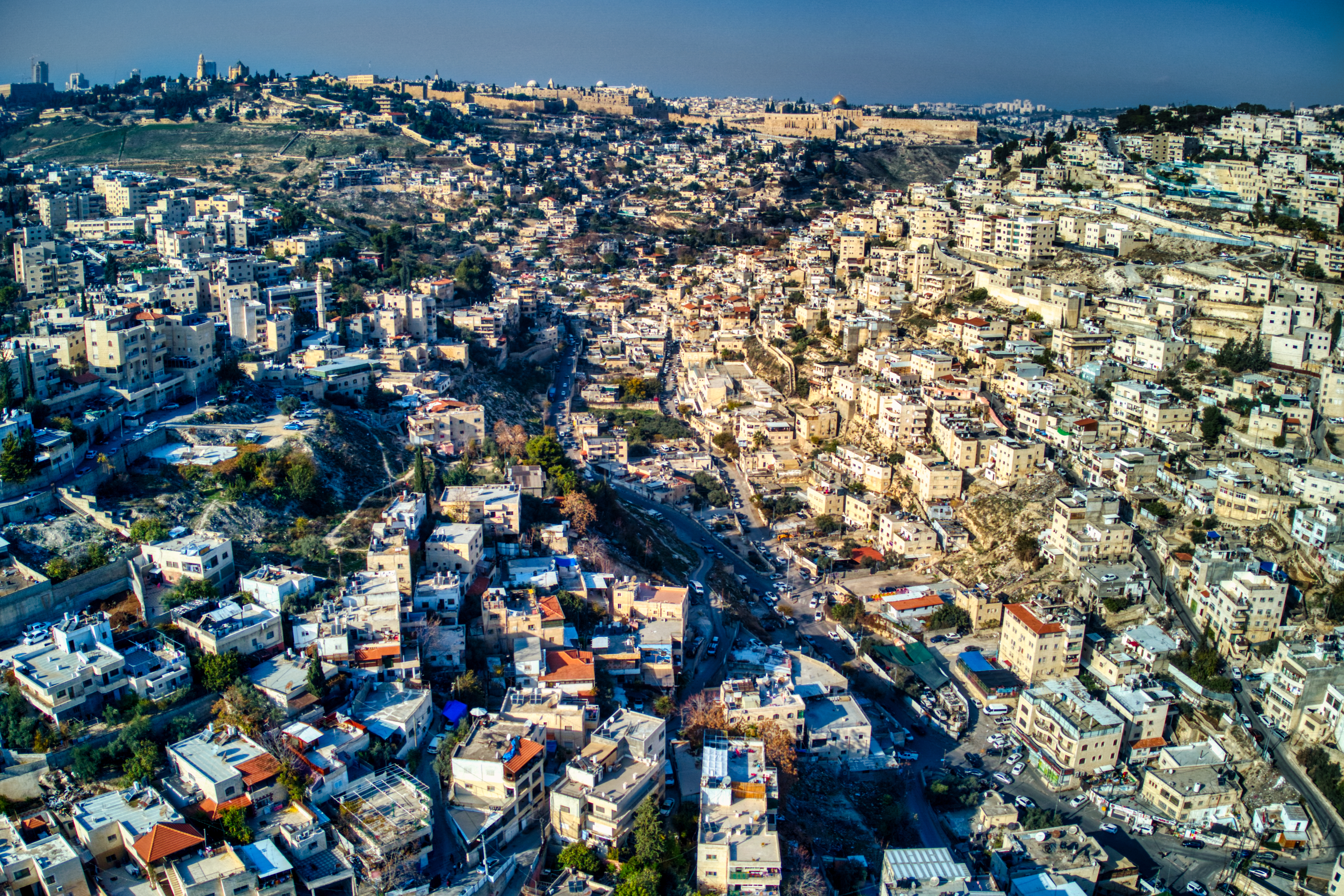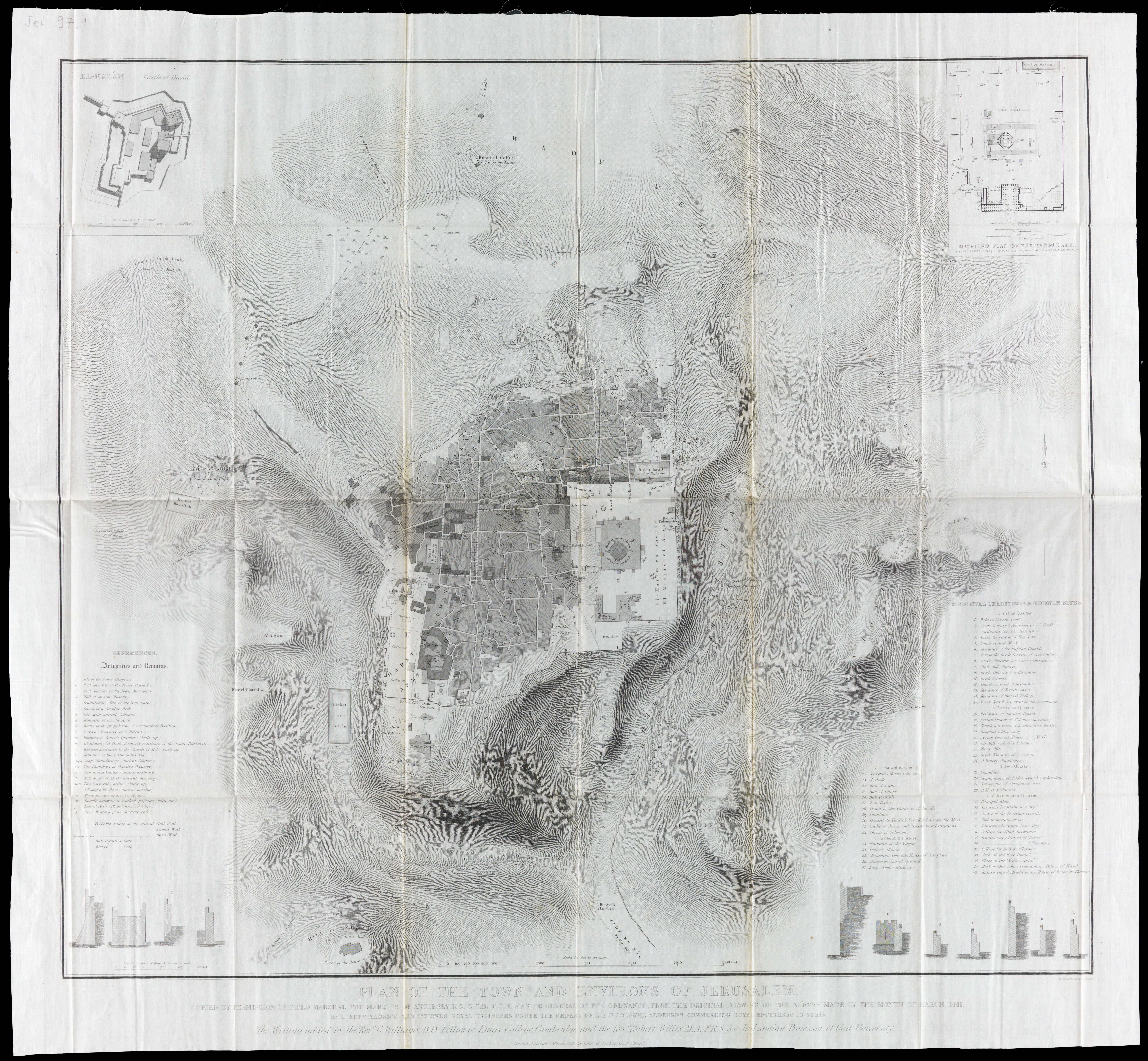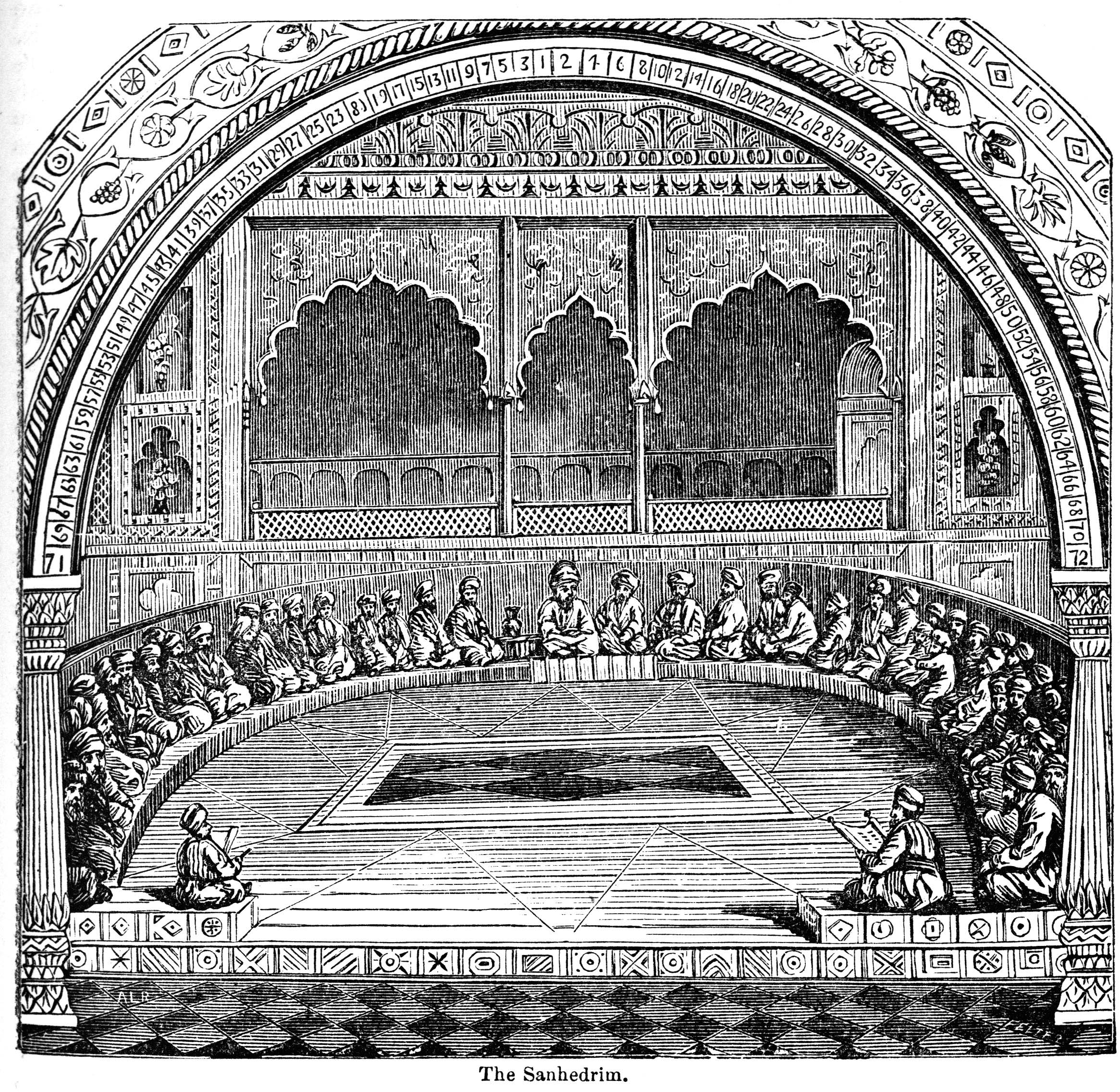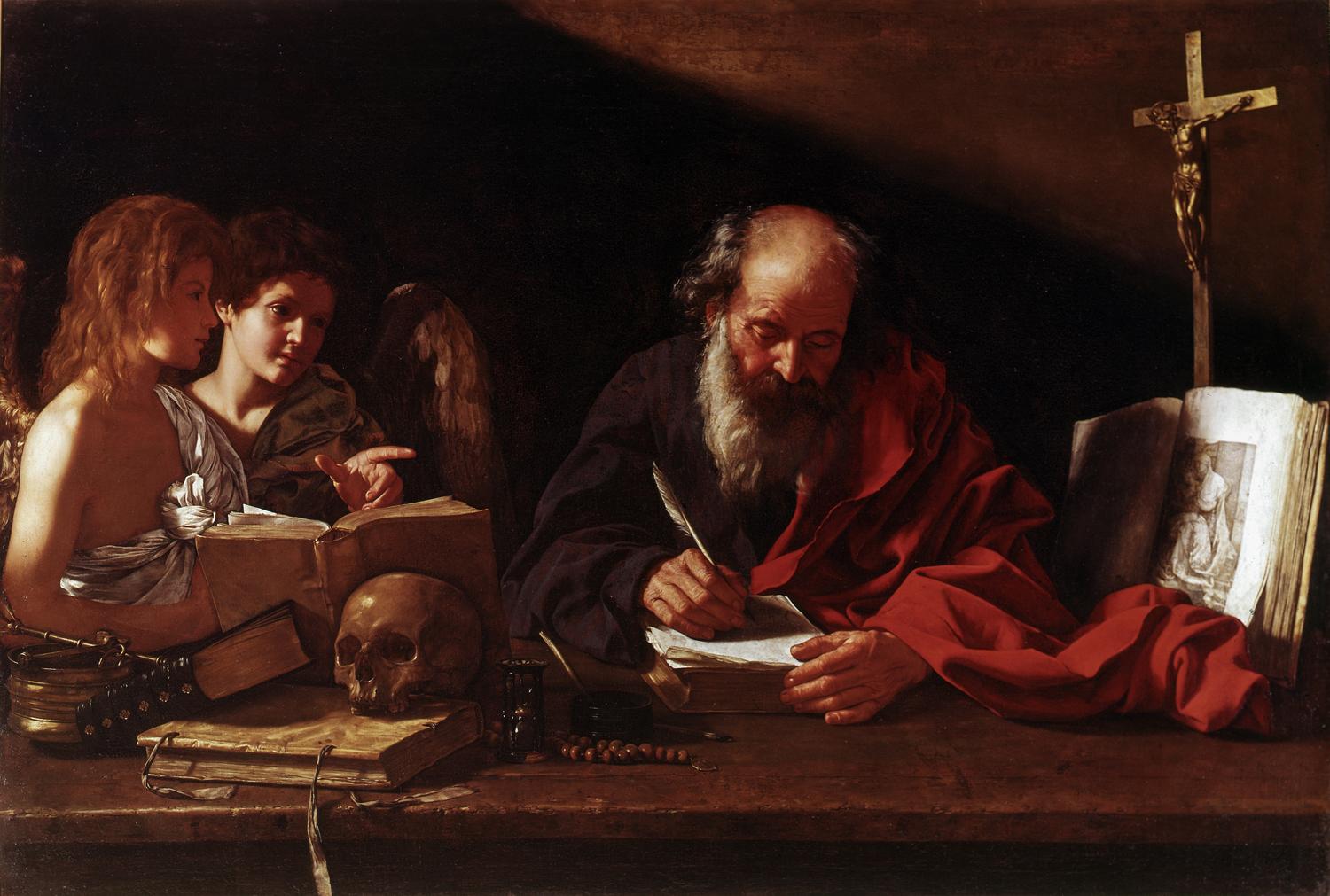|
Monolith Of Silwan
The Monolith of Silwan, also known as the Tomb of Pharaoh's Daughter, is a cuboid rock-cut tomb located in the Kidron Valley, in Silwan, Jerusalem dating from the period of the Kingdom of Judah. The Tomb of Pharaoh's Daughter refers to a 19th-century hypothesis that the tomb was built by Solomon for his wife, the Pharaoh's daughter. The structure, a typical Israelite rock-cut tomb, was previously capped by a pyramid structure like the Tomb of Zechariah. The upper edges of the monolith are fashioned in the shape of an Egyptian cornice. The pyramidal rock cap was cut into pieces and removed for quarryJerome Murphy-O'Connor, ''The Holy Land'', (2008), page 118 during the Roman era, leaving a flat roof.Dave Winter, ''Israel handbook'', page 174 The tomb contains a single stone bench, indicating that it was designed for only one burial.Daniel Jacobs, ''Rough Guide to Jerusalem'' (1999), page 114 Recent research indicates that the bench was the base of a sarcophagus hewn into the ... [...More Info...] [...Related Items...] OR: [Wikipedia] [Google] [Baidu] |
Silwan
Silwan or Siloam (; ; ) is a predominantly Palestinian district in East Jerusalem, on the southeastern outskirts of the current Old City of Jerusalem.Archaeology and the struggle for Jerusalem ''''. February 5, 2010 It is mentioned in the and the ; in the latter it is the location of Jesus' healing ... [...More Info...] [...Related Items...] OR: [Wikipedia] [Google] [Baidu] |
Gabriel Barkay
Gabriel Barkay (born 1944) (; sometimes transcribed from the Hebrew Gavriel Barkai) is an Israeli archaeologist. Biography Gabriel Barkay was born in the Budapest Ghetto, Hungary. He immigrated to Israel in 1950. He studied archaeology, comparative religion and geography at Tel Aviv University, graduated ''summa cum laude'', and received his PhD in archaeology from the same university in 1985. His dissertation was about LMLK seal impressions on jar handles. He participated in the Lachish excavations with David Ussishkin. His academic areas of interest include the archaeology of Jerusalem, biblical archaeology, burials and burial customs, art, epigraphy, and glyptics in the Iron Age. Teaching and academic career Barkay is an external lecturer at Bar Ilan University and Jerusalem University College on Mount Zion. Archaeology career First Temple Period tombs In 1968–71, Barkay and David Ussishkin surveyed the Silwan necropolis from the time of the Judean Monarchy during ... [...More Info...] [...Related Items...] OR: [Wikipedia] [Google] [Baidu] |
Tombs Of The Kings (Jerusalem)
The Tombs of the Kings ( ''Keveri HaMlakhim''; ; ) are a Catacombs, rock-cut funerary complex in East Jerusalem believed to be the burial site of Queen Helene of Adiabene (died c. 50–56 CE), hence: Helena's Monuments. The tombs are located north of Jerusalem's Old City (Jerusalem), Old City walls in the Sheikh Jarrah neighborhood (Hebrew: ; Arabic: ) The grandeur of the site led to the belief that the tombs had once been the burial place of the kings of Judah, hence the name Tombs of the Kings; but the tombs are now associated with Helena of Adiabene, Queen Helena of Adiabene."Ancient Jerusalem's Funerary Customs and Tombs: Part Three, L. Y. Rahmani, The Biblical Archaeologist, Vol. 45, No. 1 (Winter, 1982), pp. 43–53 According to this theory, Queen Helena chose the site to bury her son Isates and others of her dynasty. More recent research by noted French scholar and Dominican friar Jean-Baptiste Humbert has concluded that the tomb was likely designed for Herod Agrippa I, t ... [...More Info...] [...Related Items...] OR: [Wikipedia] [Google] [Baidu] |
Tombs Of The Sanhedrin
Tombs of the Sanhedrin (, ''Kivrei HaSanhedrin''), also Tombs of the Judges, is an underground complex of 63 rock-cut tombs located in a public park in the northern Jerusalem neighborhood of Sanhedria. Built in the 1st century CE, the tombs are noted for their elaborate design and symmetry. They have been a site for Jewish pilgrimage since the medieval period. The popular name of the complex, which has the most magnificently carved pediment of ancient Jerusalem, is due to the fact that the number of burial niches it contains is somewhat close to that of the members of the ancient Jewish supreme court, the Great Sanhedrin, namely 71. Name In 1235, Rabbi Jacob the Emissary called them the "Tombs of the Righteous", writing that the tombs housed the remains of "many wise men". They were first called the Tombs of the Sanhedrin by Rabbi Joseph Halevi in 1450, and have been known by that name among Jews ever since. In Christian literature, Joannes Cotovicus mentioned the tombs, withou ... [...More Info...] [...Related Items...] OR: [Wikipedia] [Google] [Baidu] |
Rock-cut Tombs In Ancient Israel
The use of rock-cut cave tombs in the region of ancient Israel began in the early Canaanite period, from 3100–2900 BCE. The custom lapsed a millennium, however, before re-emerging in the earliest Israelite tombs, dating to the 9th century BCE in Jerusalem. The use of rock-cut tombs reached its peak in the 8th and 7th centuries BCE, before rapidly declining and eventually falling out of use in the 6th century BCE in some regions.Faust, Avraham, and Bunimovitz, Shlomo. "The Judahite Rock-Cut Tomb: Family Response at a Time of Change." In ''Israel Exploration Journal'', vol. 58, no. 2, 2008, pp. 150–170. . Accessed 16 Nov. 2020. It reappeared during the Second Temple period and continued into the Late Roman and Byzantine periods. Use of the tombs has been recorded as recently as the late Roman period around the 3rd century CE. Rock-cut tombs were a form of burial and interment chamber used in ancient Israel. Cut into the landscapes surrounding ancient Judean cities, their de ... [...More Info...] [...Related Items...] OR: [Wikipedia] [Google] [Baidu] |
David Ussishkin
David Ussishkin (; born 1935, aged ) is an Israeli archaeologist and professor emeritus of archaeology. Biography David Ussishkin was born in Jerusalem. Ussishkin is the son of the lawyer Samuel Ussishkin and the grandson of the Zionist leader Menachem Ussishkin. He studied at Gymnasia Rehavia, in Rehavia and served in the Israel Defense Forces between 1953 and 1955 in the Giv'ati Brigade. He studied archaeology and Jewish History at the Hebrew University of Jerusalem between 1955 and 1966. Received his B.A. in 1958, his Master of Arts degree in Archaeology and Jewish History in 1962 (with distinction) and his Ph. D. in 1966. His Doctoral Thesis on "The Neo-Hittite Monuments, their Dating and Style" was written under the guidance of professor Yigael Yadin. Beginning in 1966 and until his retirement in 2004 he taught archaeology of Israel and Hittite art at the University of Tel Aviv, receiving full professorship in 1985. Academic and archaeology career From 1966 to 2004, h ... [...More Info...] [...Related Items...] OR: [Wikipedia] [Google] [Baidu] |
Six-Day War
The Six-Day War, also known as the June War, 1967 Arab–Israeli War or Third Arab–Israeli War, was fought between Israel and a coalition of Arab world, Arab states, primarily United Arab Republic, Egypt, Syria, and Jordan from 5 to 10June 1967. Military hostilities broke out amid poor relations between Israel and its Arab neighbors, which had been observing the 1949 Armistice Agreements signed at the end of the 1948 Arab–Israeli War, First Arab–Israeli War. In 1956, regional tensions over the Straits of Tiran (giving access to Eilat, a port on the southeast tip of Israel) escalated in what became known as the Suez Crisis, when Israel invaded Egypt over the Israeli passage through the Suez Canal and Straits of Tiran, Egyptian closure of maritime passageways to Israeli shipping, ultimately resulting in the re-opening of the Straits of Tiran to Israel as well as the deployment of the United Nations Emergency Force (UNEF) along the Borders of Israel#Border with Egypt, Egypt ... [...More Info...] [...Related Items...] OR: [Wikipedia] [Google] [Baidu] |
Byzantine
The Byzantine Empire, also known as the Eastern Roman Empire, was the continuation of the Roman Empire centred on Constantinople during late antiquity and the Middle Ages. Having survived the events that caused the fall of the Western Roman Empire in the 5th centuryAD, it endured until the fall of Constantinople to the Ottoman Empire in 1453. The term 'Byzantine Empire' was coined only after its demise; its citizens used the term 'Roman Empire' and called themselves 'Romans'. During the early centuries of the Roman Empire, the western provinces were Latinised, but the eastern parts kept their Hellenistic culture. Constantine I () legalised Christianity and moved the capital to Constantinople. Theodosius I () made Christianity the state religion and Greek gradually replaced Latin for official use. The empire adopted a defensive strategy and, throughout its remaining history, experienced recurring cycles of decline and recovery. It reached its greatest extent un ... [...More Info...] [...Related Items...] OR: [Wikipedia] [Google] [Baidu] |
Hermit
A hermit, also known as an eremite (adjectival form: hermitic or eremitic) or solitary, is a person who lives in seclusion. Eremitism plays a role in a variety of religions. Description In Christianity, the term was originally applied to a Christian who lives the eremitic life out of a religious conviction, namely the Catholic spirituality#Desert spirituality, Desert Theology of the Old Testament (i.e., the 40 years wandering in the Zin Desert, desert that was meant to bring about a change of heart). In the Christian tradition the eremitic life is an early form of Monk, monastic living that preceded the monastic life in the cenobium. In chapter 1, the Rule of St Benedict lists hermits among four kinds of monks. In the Roman Catholic Church, in addition to hermits who are members of religious institutes, the Canon law (Catholic Church), Canon law (canon 603) recognizes also Consecrated life#Other forms of consecrated life, diocesan hermits under the direction of their diocesan b ... [...More Info...] [...Related Items...] OR: [Wikipedia] [Google] [Baidu] |
Charles Simon Clermont-Ganneau
Charles Simon Clermont-Ganneau (19 February 1846 – 15 February 1923) was a noted French Orientalist and archaeologist. Biography Clermont-Ganneau was born in Paris, the son of Simon Ganneau, a sculptor and mystic who died in 1851 when Clermont-Ganneau was five, after which Théophile Gautier took him under his wing. After an education at the Institut national des langues et civilisations orientales, he entered the diplomatic service as ''dragoman'' to the consulate at Jerusalem, and afterwards at Constantinople. He laid the foundation of his reputation by his involvement with the Mesha Stele (Moabite Stone), which bears the oldest Semitic inscription known. In 1871, Clermont-Ganneau identified the biblical city of Gezer (Joshua 16:11) with that of Abu Shusha, formerly known as ''Tell el Jezer''. In the same year he discovered the Temple Warning inscription in Jerusalem. In 1874 he was employed by the British government to take charge of an archaeological expedition to P ... [...More Info...] [...Related Items...] OR: [Wikipedia] [Google] [Baidu] |
Canaanite And Aramaic Inscriptions
The Canaanite and Aramaic inscriptions, also known as Northwest Semitic inscriptions, are the primary extra-Biblical source for understanding of the societies and histories of the ancient Phoenicians, Ancient Hebrews, Hebrews and Arameans. Semitic inscriptions may occur on stone slabs, pottery ostraca, ornaments, and range from simple names to full texts. The older inscriptions form a Canaanite languages, Canaanite–Aramaic dialect continuum, exemplified by writings which scholars have struggled to fit into either category, such as the Stele of Zakkur and the Deir Alla Inscription. The Northwest Semitic languages are a language group that contains the Aramaic, Aramaic language, as well as the Canaanite languages including Phoenician language, Phoenician and Hebrew language, Hebrew. Languages The old Aramaic period (850 to 612 BC) saw the production and dispersal of inscriptions due to the rise of the Arameans as a major force in Ancient Near East. Their language was adopted a ... [...More Info...] [...Related Items...] OR: [Wikipedia] [Google] [Baidu] |
Bialik Institute
Bialik Institute () is a research institution and publishing house, mostly dealing with the history and culture of the Hebrew language. It was established in 1935 by the World Zionist Executive and the Executive of the Jewish Agency and named after the Hebrew poet Hayim Nahman Bialik. Its works are mostly published in Hebrew and in English. Among the Bialik Institute's most notable publications are: * ''Encyclopaedia Biblica'' - an encyclopedia of the Hebrew Bible in eight volumes (1942−1982), and ''The Biblical Encyclopaedia Library''—a series of books on Semitic languages, Biblical criticism and history of the Middle East. * A complete collection of David Avidan's poems in four volumes (2008−2011) * A complete collection of Uri Zvi Grinberg's poems (1991) * The ''Kvar Series'' of Modern Hebrew poetry Modern Hebrew poetry is poetry written in the Hebrew language. Moshe Chaim Luzzatto is considered one of the earliest modern Hebrew poets. History Modern Hebrew poetry w ... [...More Info...] [...Related Items...] OR: [Wikipedia] [Google] [Baidu] |








